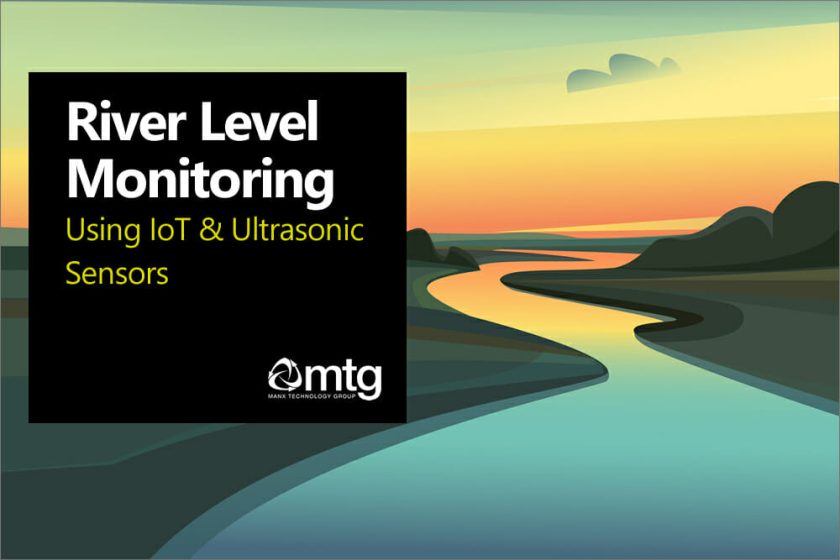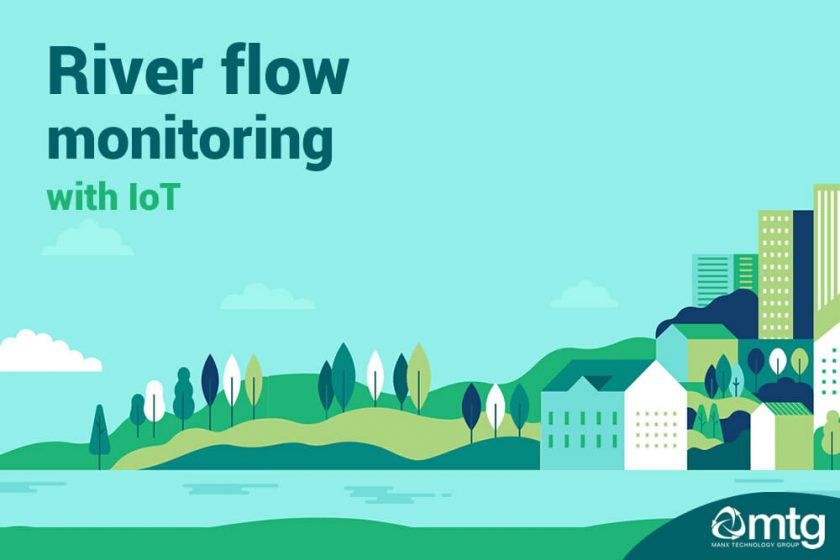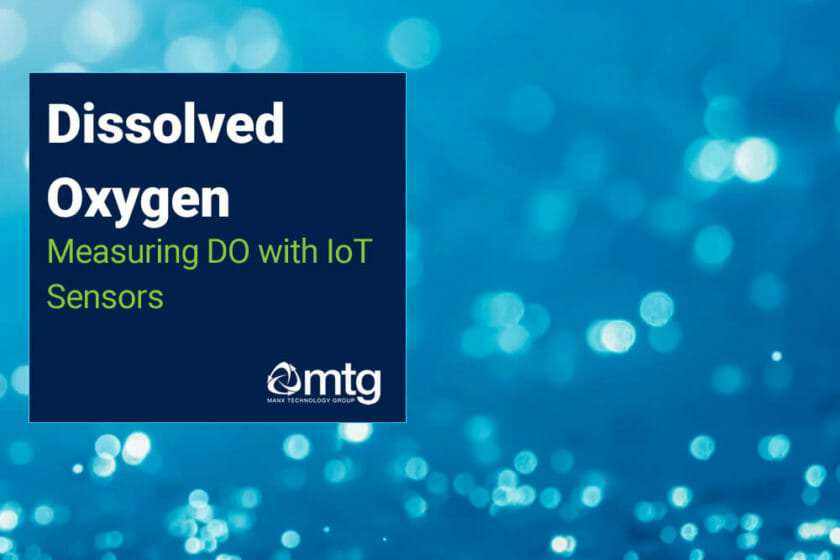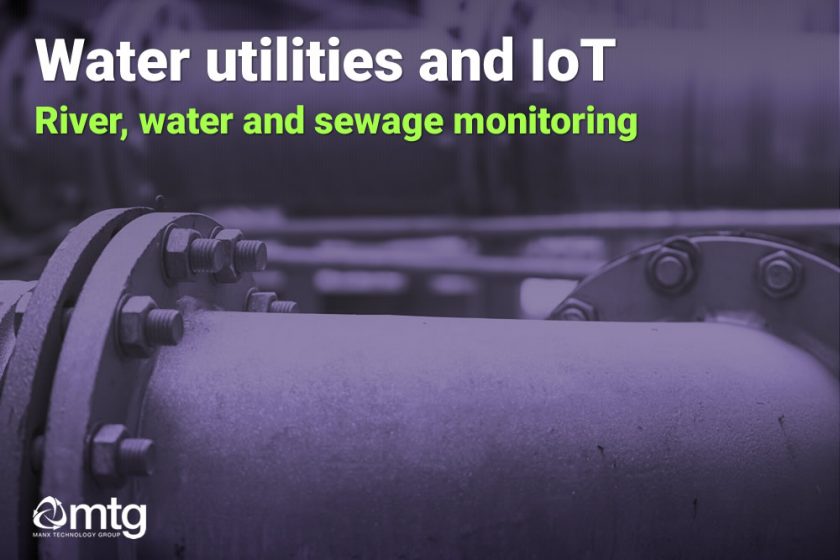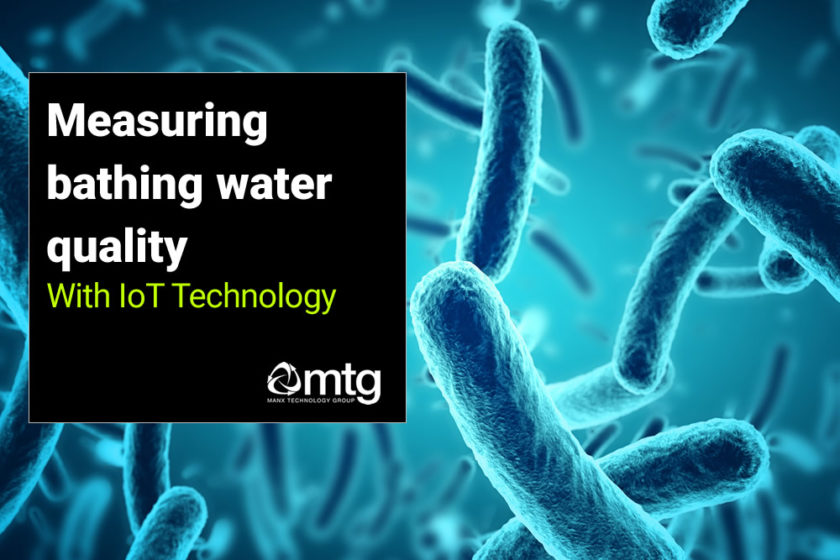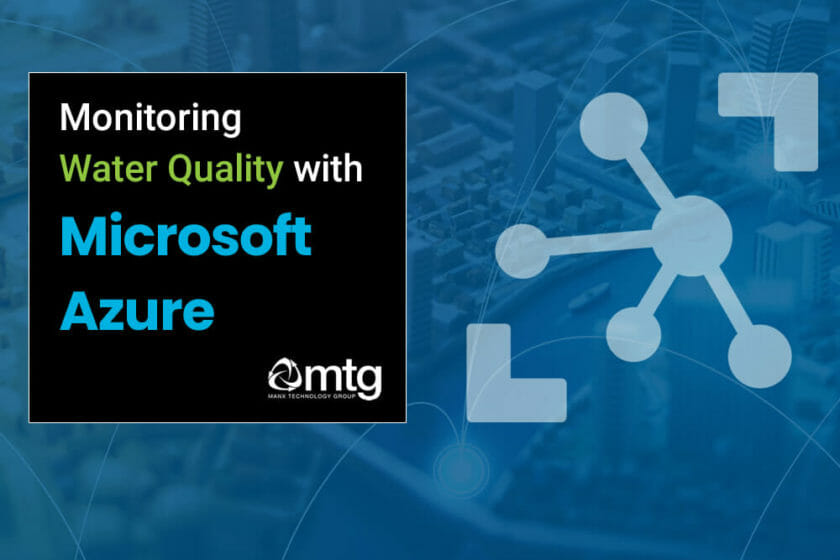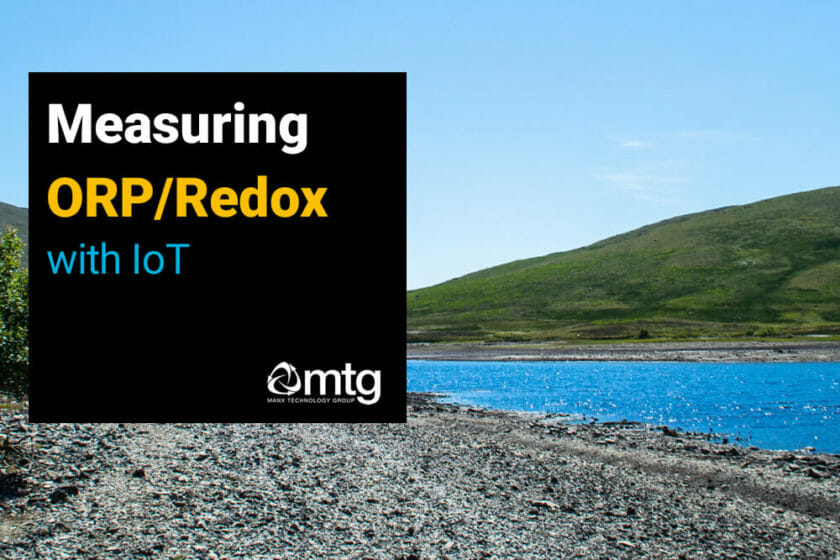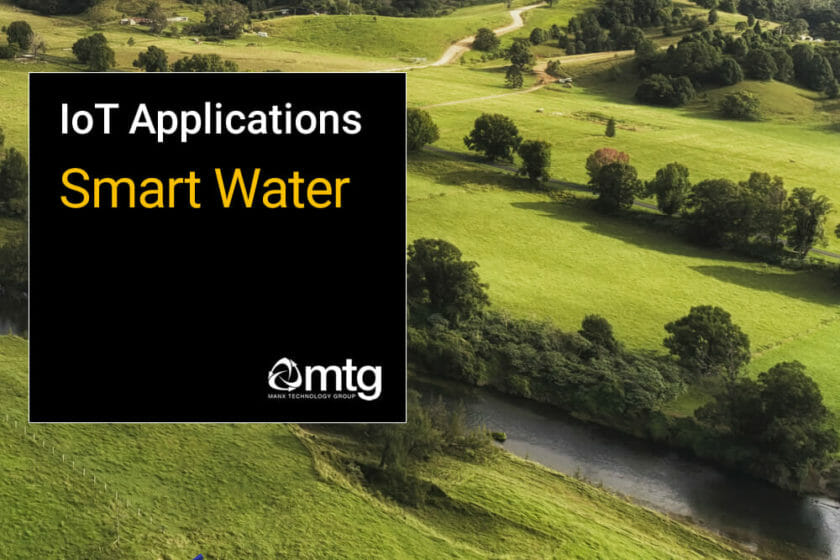The ability to remotely monitor river and stream levels is crucial for effective water management and reducing the impact of flooding and environmental hazards. Thanks to the Internet of Things (IoT) technology, continuous monitoring of river or creek levels in multiple locations has become more accessible and efficient.
With real-time data transmitted wirelessly, stakeholders can make informed decisions to safeguard communities, infrastructure, and the environment. This blog post delves into the components and sensors required to monitor river or creek levels, focusing on ultrasonic sensors.


